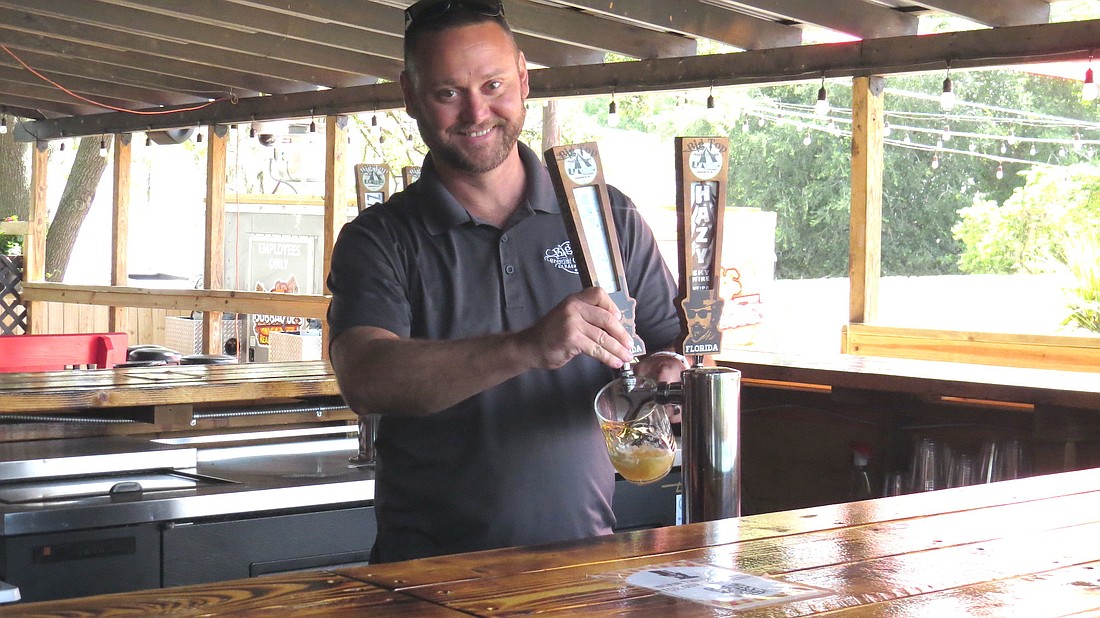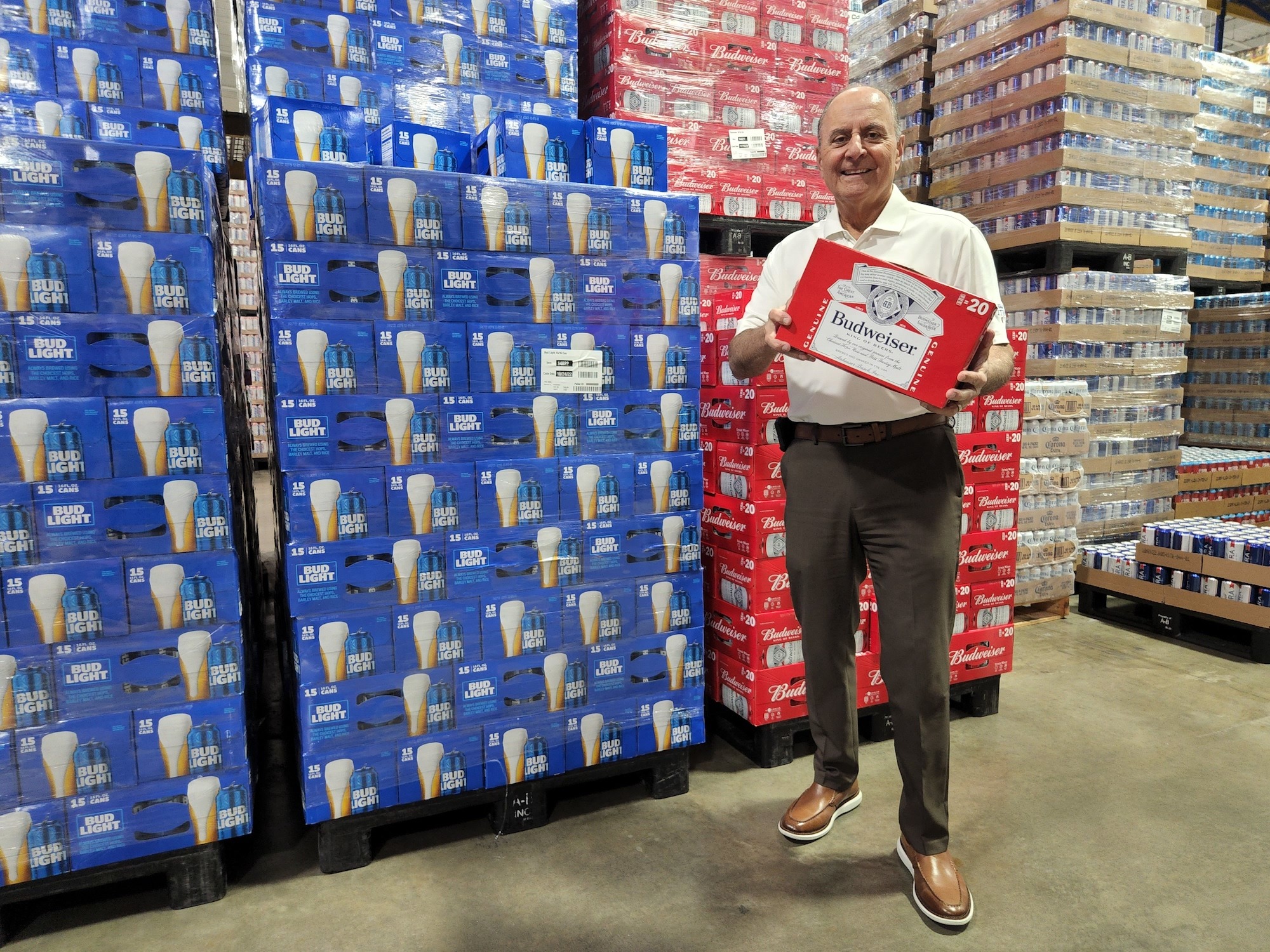- May 3, 2025
-
-
Loading

Loading

Beer.
Americans didn’t invent it, but we've have spent the past few decades trying to perfect it.
From the time the federal government lifted the ban on home brewing in the late 1970s, craft beer has migrated from the kitchen sink to the brewpub as brewers have toiled to mix unique flavors and specialty grain blends into gourmet concoctions.
But did they really need to do that? And is there still a dominant taste for commercially produced, familiar brands from decades gone by?
Whether swilling by the waves or sipping at a table, both have their following, and they are by and large the same.
“Beer drinkers come back to the legacy brands when they are doing some hardcore, sitting-on-the-beach drinking, poolside drinking and golf drinking. They're not drinking the heavier craft beers,” said John Saputo, who owns Gold Coast Eagle Distributing in Lakewood Ranch.

They are drinking the heavier craft beers, though, in growing numbers straight from the tap in brew pubs, tasting rooms of trendy micro breweries and from bottles and cans from grocery store shelves as distributors — like Gold Coast Eagle — cater to the demand craft brewers are creating.
Mike Bisaha, co-founder and CEO of the Sarasota-Bradenton area’s first craft brewery, Big Top Brewing Co., said his brewery produces roughly 10,000 barrels a year. Big Top and other breweries are taking a small but hoppy bite out of the market.
“We're with 13 different distributors, primarily Anheuser-Busch distributors, throughout Florida and we have thousands and thousands of accounts,” Bisaha said.
Piggy-backing on the distribution of the major domestic brands demonstrates that craft and legacy commercial beers can coexist in harmony.
“I honestly think that we're complementary of each other,” Bisaha said. “The big brands are always going to have their place, and the craft market is just fighting for the scraps. But there's no question that if one local craft gets someone to try a craft beer, as it allows that consumer to have a different perception, we're more likely to get them to try our brand as well.
“In general, there’s a perception craft beer is hoppy and bitter. That's not what all craft beer is by any means. It's just getting getting consumers to try something outside of their wheelhouse.”
Commercially produced beers still control 80% of the market in the U.S., slightly higher locally, according to Saputo. Gold Coast Eagle distributes 285 different labels and has more than 1,100 varieties in its warehouse. Saputo said 70% of the American adult population drinks beer, accounting for 40% of all alcohol consumed in the U.S., with 20% of it liquor and the remainder wine.
Brand loyalty among the commercial beers is fierce.
Craft beers not so much.
“The craft beer drinker by design is always looking for something that's new and creative,” Bisaha said. “It could be an IPA, but there are thousands of different IPAs, so there's no loyalty, whereas if you look at the domestic side, there's absolutely brand loyalty. It's the same as Ford and Chevy. There's no steering away from it, where in craft beer we see the exact opposite.”
Brand loyalty aside, the craft beer movement is driving change among the legacy commercial labels, with women leading the adaptation toward more fruit-flavored beers, seltzers and ready-to-drink pop-top cocktails.
“A lot of these these new products are driven by demands of women,” Saputo said. “They are consumers who have not been into beer, and they're demanding different flavors, they’re demanding different products and we're trying to stay ahead of the game by coming up with new stuff as fast as we can.”
Beer producers feel the need for speed as nimble craft brewers can create new concoctions daily to test the on palates of the ever-evolving new brew demographic. That’s why hyperlocal craft breweries’ audiences are within a short trip of their brewpubs and tasting rooms, providing geographical loyalty in person, less so in bottles or cans on grocery shelves in far-flung locales.
Big Top and other craft breweries in Sarasota-Bradenton that started a decade ago and survived are competing for that 20% of the market share on both fronts.
“When we started in 2013 we saw the the mad rush with a lot of breweries coming into the market,” Bisaha said. “There was a lot of emphasis on local breweries and everybody wanted to have local, and they only really wanted to focus on what's in a 15-mile radius, which is really good to some extent, but when you’re a brewery that's been built for distribution, which are a lot of what we call like our class of 2013 are, you can't do it within just a 15-mile radius.”